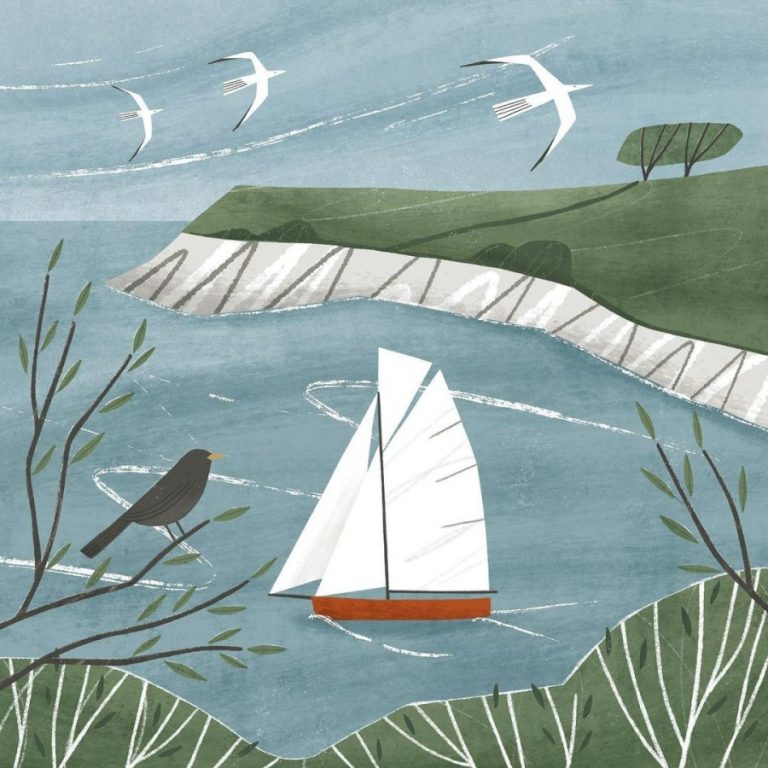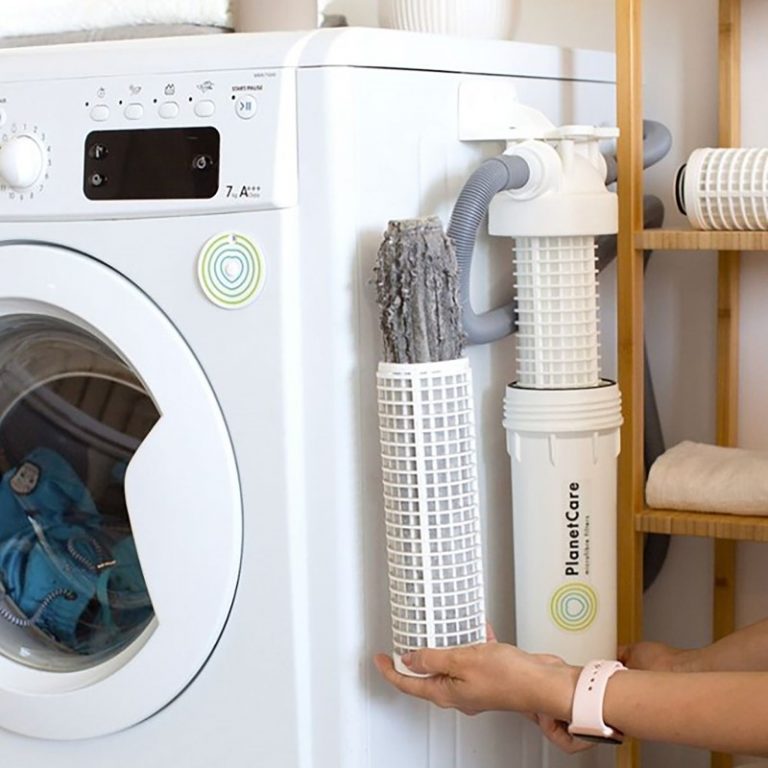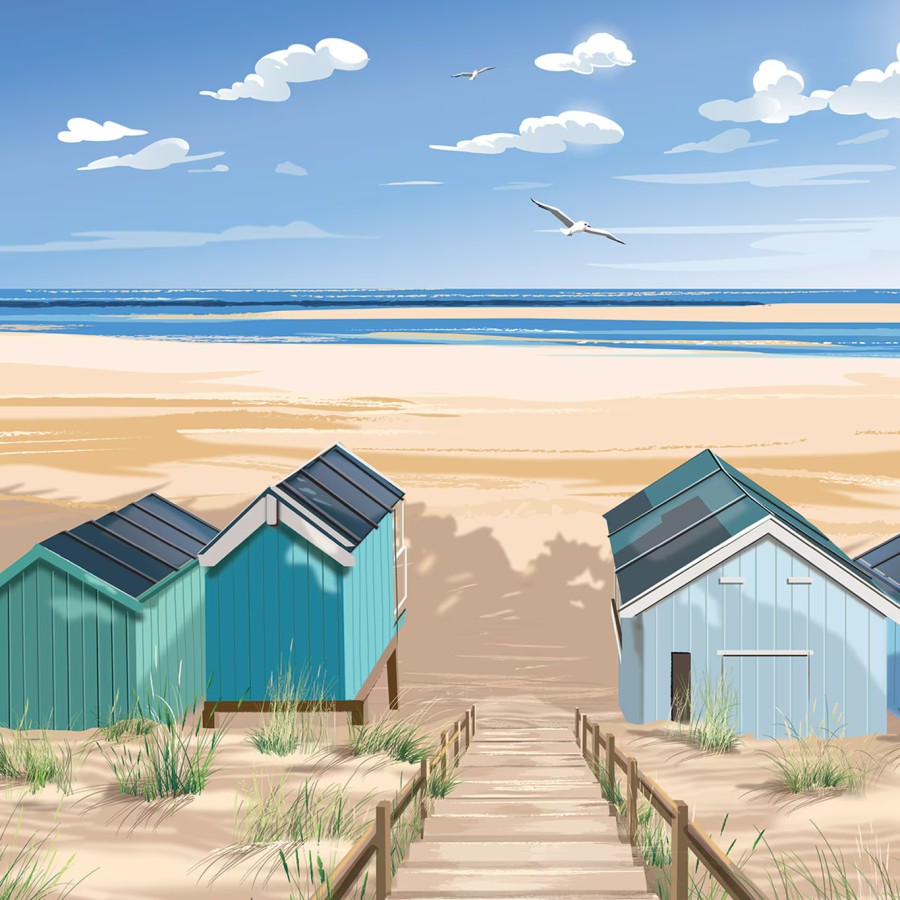
Exploring tidal causeways and sandy stretches where quicksand might form is one of those adventures that captures the imagination. The blend of fresh sea air, wide-open views and shifting sands keeps walkers, nature lovers and families coming back. But these places also come with real risks if you don’t know what to watch for.
The tide waits for no one, and quicksand isn’t just the stuff of old stories. If you want to enjoy these wonderful spots without worry, a bit of knowledge and care go a long way. Here are some safety tips to keep you, your friends and your family safe.
In case of emergency, call the police or coastguard, so make sure your phone is charged before departing.
Also read our post on keeping dogs safe by the seaside.
Know the Tide Times Before You Go
Always check the local tide schedule before setting out. Tidal causeways vanish fast as the water comes in, cutting off safe routes back to land. Even if the path looks clear when you arrive, tides can change quickly, turning a pleasant walk into a scramble for safety.
Many estuaries and islands post tide times online or at car parks. Bring a copy or take a photo so you’re not caught off guard.
Plan Around Safe Crossing Windows
Plan to cross when the tide is reliably out and the way ahead is firm. Most safe windows for walking a causeway last for just a few hours. Start early and aim to finish well before the water starts moving back in.
Allow plenty of time to cross, factoring in stops for rests or photos. If you’re unsure when it is safe to cross, ask a local or check with nearby lifeguard services.
Watch for Weather Changes
Wind, rain or thick fog can make causeways and sandbanks risky. Rainfall upstream can also send extra water surging along rivers and across sand.
Poor weather can hide rising tides or quicksand patches. If conditions look rough or you feel unsure, wait for a better day. The coastline will always be there tomorrow.
Stick to Marked Paths and Tracks
Take care to follow the main route or marked posts if there are any. Many popular causeways use poles or stones to show the safest way. Venturing away from these markers can put you on unstable sand or closer to deep channels.
If you need to turn back, retrace your steps and don’t take shortcuts across unknown ground.
Travel With Company
Walking in pairs or groups is much safer than going alone. If something goes wrong, another person can fetch help or share a phone. Children should always walk with adults and stay within sight.
Let someone at home know your plans and your expected return time, especially if you’re exploring a remote area.
Major Tidal Causeways in England
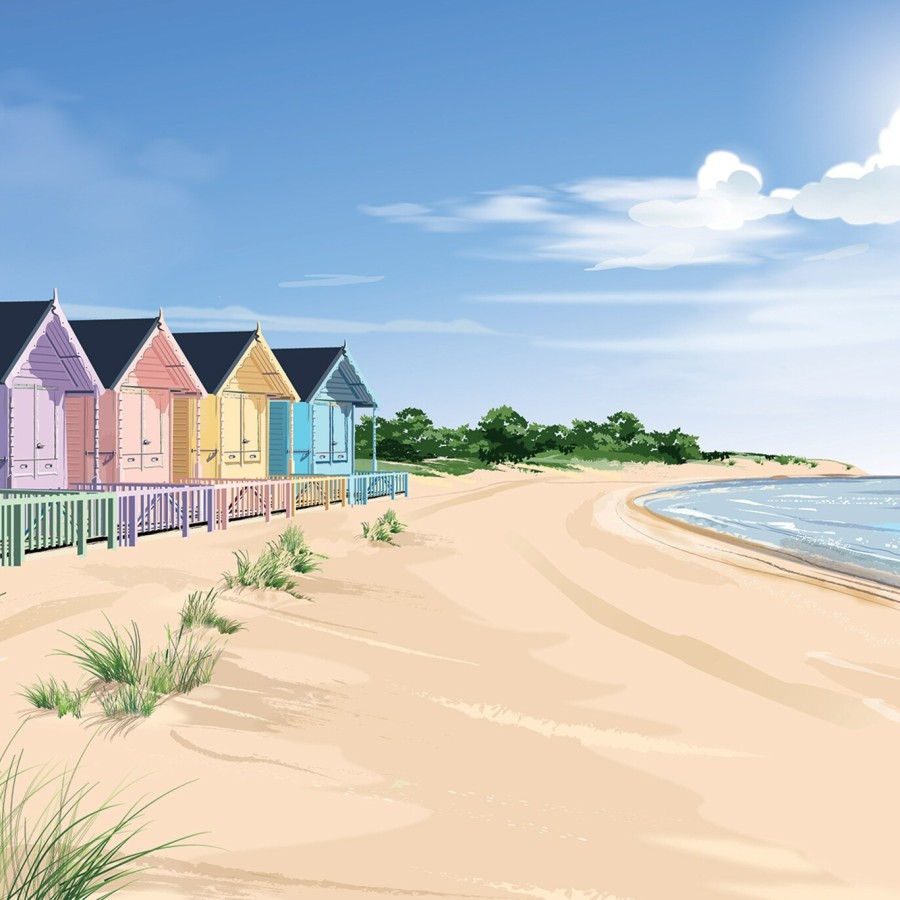
- Mersea Island (Essex) looks like a Caribbean island, but is just 9 miles south of Colchester! It connects to the mainland via the Strood, a causeway that floods at high tide. Like Norfolk and Suffolk, it’s famed for its pretty pastel-coloured beach huts.
- Burgh Island, Devon (top image) is off the South Devon coast, near the village of Bigbury-on-Sea, with only a few buildings, including a pub. The art-deco features in many Agatha Christie period dramas, and she used to write here. The unique sea tractor can ferry guests, at high tide.
- Lindsfarne (Northumberland) has a rapidly-rising tidal causeway, often covering the road in minutes. Local signs provide guidance, reminding travellers of the next tide.
- St. Michael’s Mount (Cornwall) is Linked to the town of Marazion, managed by the National Trust. In 1755, a Lisbon earthquake caused a tsunami. The sea rose 6 feet in 10 minutes, rising and falling for 5 hours, causing loss of life and property.
No dogs are allowed on the island during warmer weather (due to lack of shady areas) and some dog beach restrictions apply.
Staying Safe Near Quicksand
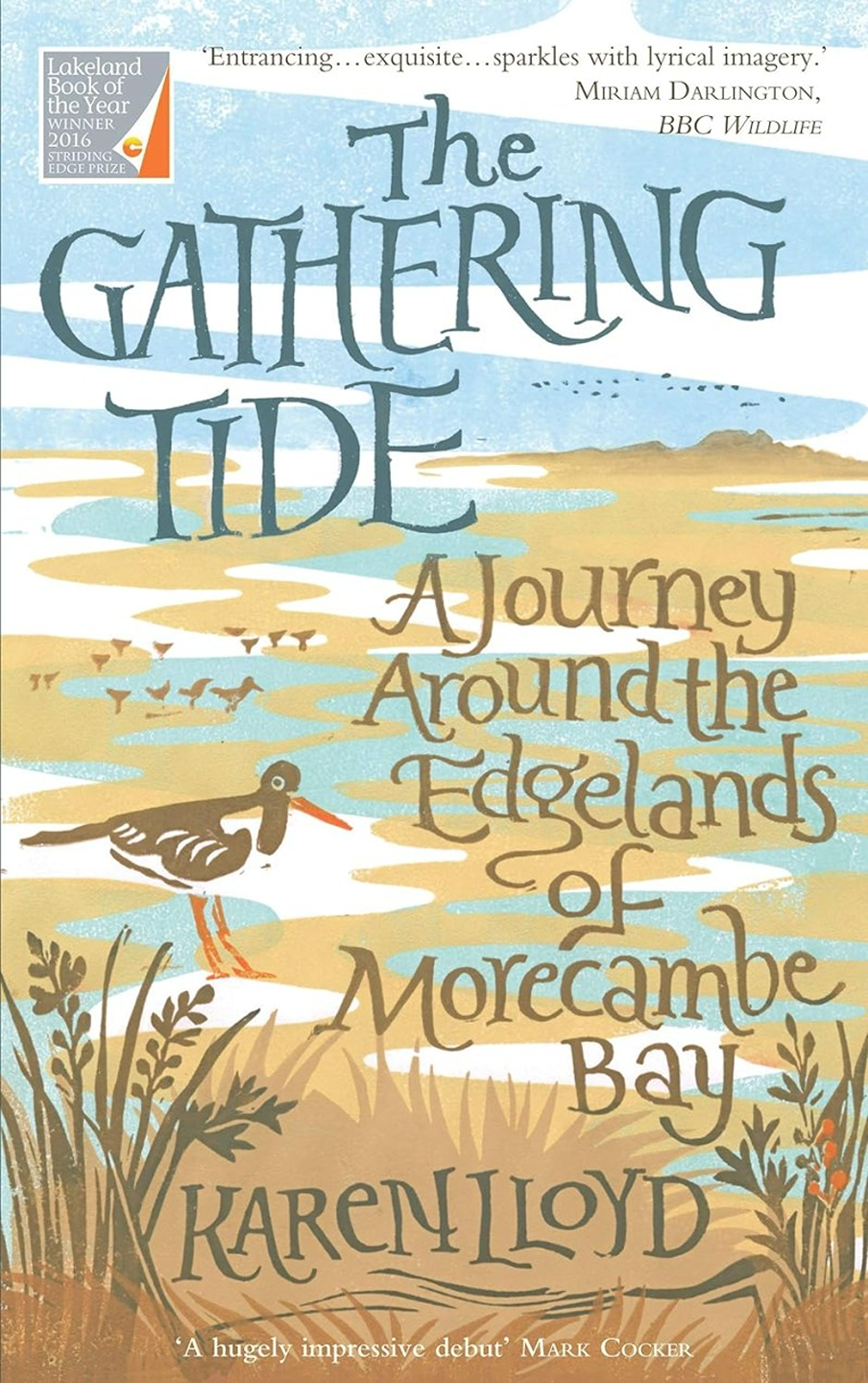
Quicksand is not just wet sand. It’s a mixture of sand, water, and clay, trapped with just enough water to look solid. Step on it, and the force pushes water between the grains, loosening the sand and creating a soup-like slush that can’t support weight.
Sinking mud is similar but often covers salt flats or tidal zones. Here, the mud contains more clay or silt, which can hold water and bubble up around your boots, turning firm ground into a boggy mess.
Both quicksand and sinking mud show up in places with lots of water movement – estuaries, tidal rivers and salt marshes, making them widespread in parts of coastal England.
Major Quicksand Areas in England
- Morecambe Bay (Cumbria/Lancashire) is notorious for its unpredictable sands. The speed at which the sands flood with the tide adds to the danger. This is where a few years back, Chinese cockle pickers were swept to their deaths by a strong tide.
- Weston-super-Mare (Somerset) has mud near the waterline, as dangerous as any quicksand pit. Tides pull the mud flat, and people, animals and cars need rescuing. Warning signs line the walkways, a constant reminder to stick to safe paths.
- The Broomway (Essex) is a tidal footpath from Wakering Stairs to Foulness Island. At high tide, the path disappears. Over 100 people have died when lost in fog and tide. It’s said to be almost inevitable to drown, if on the sands when the tide comes in.
- Horsey Island (a Nature Reserve) and Asparagus Island (Cornwall) have their fair share of quicksand. Hidden creeks and tidal flats can catch out the unprepared. Locals often report seeing shoes, car tyres, and abandoned dog leads hinting at hairy escapes.
How Safe Are England’s Quicksand Areas?
Movies make quicksand out to be a death trap. In reality, it won’t suck you under like a vacuum. Most quicksand is only waist-deep and floats things that are less dense than water (which includes people). Still, pulling free can be hard and frightening.
The biggest dangers are:
- Getting stuck and panicking, which leads to exhaustion.
- Rising tides that fill in quickly and can cut off escape routes.
- Hypothermia if trapped in cold, wet weather.
Those most at risk are:
- Walkers and hikers exploring tidal flats
- Tourists ignoring warning signs
- Foragers and birdwatchers straying onto unfamiliar ground
There are regular incidents, but local rescue teams are well-practised in getting people out safely. Most dramatic rescues involve tide and weather, not just the quicksand itself.
Avoid Getting Stuck in Quicksand
- Stick to marked paths and listen to local warnings.
- Don’t wander across tidal flats without a guide.
- Pay attention to the tides—these cause sudden changes.
The sand will appear very watery or disturbed, and sometimes appears as dark sand surrounded by slow-moving water. Often you can even hear soft ‘sucking sounds’ as you get near, this is the water moving through the sand.
A stick or pole helps test the ground ahead before you step. Push it gently into the sand—if it sinks suddenly or doesn’t hit solid ground, look for another route. This tool also offers support if you hit a soft patch, helping you keep your balance.
How to Survive Quicksand: Tips and First Aid
- Stay Calm: Panicking increases struggling, which makes you sink further. Take slow breaths and focus on keeping movements gentle.
- Get Horizontal: Try to sit or lean backwards to spread your weight. Wiggle your legs slowly to create space and free your feet. If you have a walking stick or bag, lay it across the surface to help with balance.
- Signal for Help: Shout or wave to attract attention. Use a phone if you can reach it.
- First Aid: Once free, dry off and warm up quickly. Remove any tight shoes or jewellery if swelling occurs. If you feel cold or unwell, call 999 for medical help.
![]()
You can now buy smartphones that say your location (or invest in a personal locator beacon). Keep phones in a waterproof pouch if you are in isolated areas, ready to call 999 or 112 (coastguard) for help if needed.
What if Dogs are Stuck in Quicksand?
Obviously follow warning signs and avoid walking near areas with quicksand or sinking mud. Read more on how to keep dogs safe at the seaside.
- If a dog is in quicksand or sinking mud, try to help the dog yourself, but avoid pulling or pushing directly, as it could make the dog sink further.
- If the dog can lean back and wiggle its feet, it may help to loosen the sand, and make it easier to move. Try to loosen the sand around the dog with your feet, to create a path and encourage it to move towards you.
- If possible, lay the dog on its side and make small movements, to loosen the quicksand. If your are a distance away, use a rope or other long object to reach the dog.
- If you unable to rescue the dog yourself, call for your help (999 will alert the Coastguard, and trained professionals who may have specialised equipment like airpaths to help).


